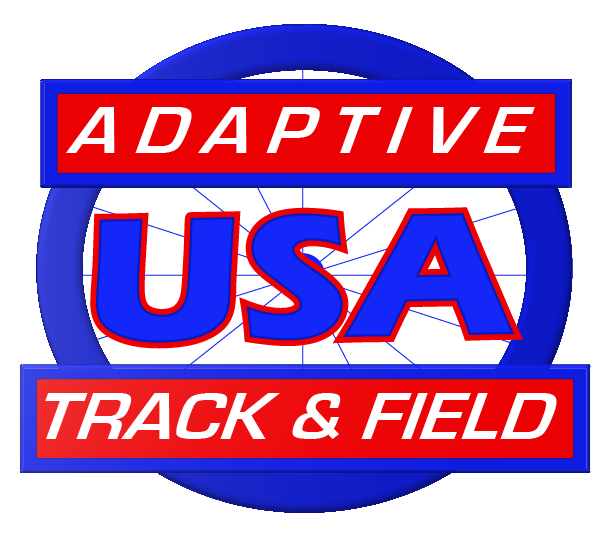
Competition: Track Field Road RacingTrack:The track events are divided into sprint events, semi-endurance (middle distance) events, endurance (long distance) events, and relay (team events) events.
Semi-Endurance
(middle distance) events include:
Endurance
(long distance) events include:
Relay (team) events include:
Relay events can be traced to the ancient custom of sending messages via a series of couriers (skytalodromi or ‘runners with a message stick’). Each courier handed the stick over to the next until its destination was safely reached. In the relay event there are four runners from each country. Each runner covers a part of the distance before handing over the baton to the next runner. Changeovers have special rules and techniques and must be made within a specified area. Para Track Rule Variations:
The rules and regulations governing Olympic Games track events
are also valid for the Paralympic Games, with certain variations
per class. The International Association of Athletics Federation
(IAAF) sets the international rules governing Olympic track while the
International Paralympic Committee (IPC) sets the exceptions governing Paralympic track. The most notable variations in rules are the following:
In classes T33-34 and T51-54, athletes compete in a
special competition wheelchair that must comply with certain
specifications. More specifically, it must have two large wheels
of up to 70 cm in diameter and at least one smaller wheel of
maximum 50 cm diameter. In all events runners must wear a helmet.
In classes T11 and T12 (Blind), the runners are allowed to have a
guide on the field of play (T11 must use the Guide). The guide wears a brightly
colored waist-coat (gilet) so they can be distinguished from the
athlete. Athletes compete, in two lanes. The athlete and guide
must run with a tether. If the
guide finishes in front of the athlete, the athlete is
disqualified. Finally, runners of class T11 must wear a blindfold
and eye gauze on their eyes in all events. In classes T11-13 and T20 athletes must use starting blocks in the 100m through 400m events. For T35-38, T40-47, T61-T64 athletes starting blocks are optional. Field:
Field events are divided into throwing events (Shot put, Discus,
Javelin, and Club) and jumping events (high jump, long jump and
triple jump). Note: The jumping events use Track (T) classifications.
The Club is only available to be thrown for the lower
class F30
athletes (F31-32).
Field is contested either:
There are specific rules that govern how seated throws are
performed from the chair's physical specifications to how
athletes are to position themselves in the chair and how they
throw
The athlete’s classification and age group will
determine the implement weight of the shot put, discus or javelin that the athlete
will use.
Men’s and Women’s Marathon
constitutes the Paralympic Games road events. The Marathon is
run over public roads.
|
||||||||||||||||||||
